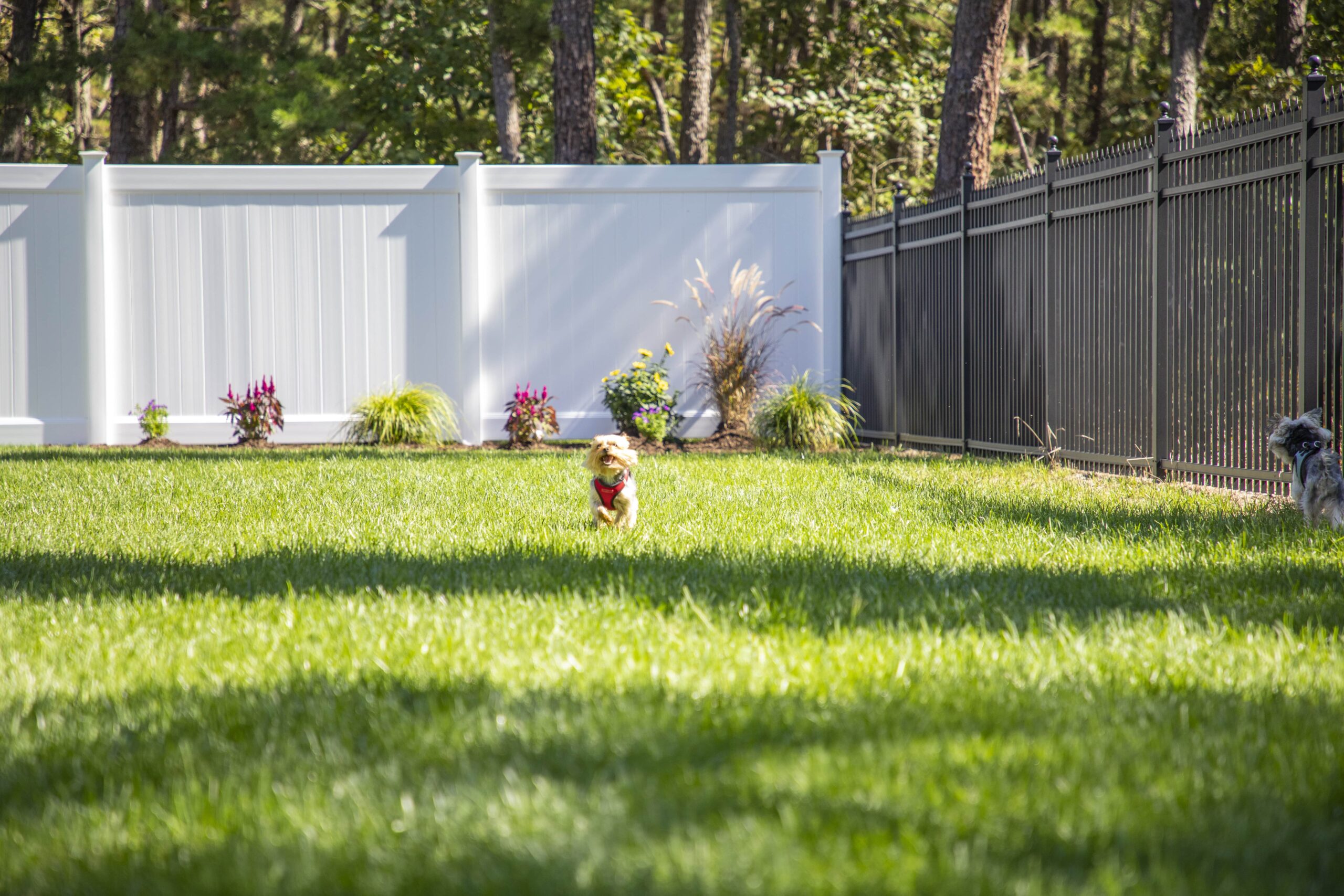All Categories
Featured

Your fencing is a vital part of your building, using aesthetic, privacy, and protection appeal. It is continuously subjected to the elements, and over time, weather-related damages can take its toll. Whether it's the extreme sunlight, solid winds, heavy rain, or freezing temperature levels, the climate can create deterioration, warping, decomposing, and fading. There are a number of strategies you can carry out to safeguard your fence and prolong its life.
- Choose the Right Material. The primary step in protecting your fence from weather-related damage is to select the best material for your environment. Some products are much more immune to the components than others.
Wood Fencings: While traditional wooden fencings supply a natural, attractive look, they are specifically susceptible to water rot, damage, and bug invasion. Such as cedar or redwood if you choose wood, pick pressure-treated lumber or timber kinds that are more immune to moisture. Plastic Fences: Plastic is a low-maintenance choice that resists fading, splitting, and bending. It's also unsusceptible to rot and pests, making it suitable for areas with high moisture or direct exposure to rain. Metal Fences: Aluminum and wrought iron fences are resistant and durable to weathering. They can corrosion if exposed to moisture for prolonged periods. Select a powder-coated or galvanized steel fence to minimize the threat of corrosion. Compound Fences: These are made from a blend of wood fibers and plastic, providing the most effective of both worlds-- longevity and an all-natural appearance. Compound fencings are immune to wetness, fading, and rotting, making them wonderful for environments with frequent rainfall or snow. 2. Apply Safety Coatings. No matter the material, applying a protective coating can aid guard your fencing from weather condition damages.

Wooden Fencings: A good-quality discolor or sealer can help safeguard your wood fencing from wetness, UV rays, and bugs. These layers develop an obstacle that stops water from permeating into the wood and triggering rot. You must apply a fresh layer of sealer every pair or stain of years, depending on your climate and the degree of exposure to rainfall and sunlight. Plastic Fences: Although plastic fences are usually resistant to weathering, they can still struggle with staining because of the sun's UV rays. You can use specialized plastic cleansers or UV protectants to keep the color and appearance of your fence. Metal Fencings: For steel fencings, take into consideration applying a rust-resistant guide and a layer of paint created for outside use. Powder layer is an additional exceptional option for metal fencings, as it produces a sturdy, weather-resistant surface that withstands rust and rust. 3. Regular Cleansing and Maintenance. Keeping your fence on a regular basis is important to protecting against damage from the aspects. Dust, leaves, and various other debris can accumulate on your fence, which can cause discoloration, mold, and mildew over time.
Wood Fences: Clean your wooden fence every 6 months with a moderate detergent solution or a pressure washing machine (on a low setting) to remove dirt and grime. Maintain an eye out for early indicators of rot, particularly at the base of the fence articles where wetness has a tendency to accumulate. Plastic Fencings: Vinyl fencings are easy to tidy with soap and water. If you discover mold or mold, utilize a mixture of vinegar and water to delicately scrub the influenced areas. Avoid extreme chemicals that could damage the surface area. Metal Fences: Frequently clean steel fences with a soft fabric or sponge to eliminate rust-causing particles. For functioned iron fences, consider using a rust-inhibiting item to stop deterioration. 4. Appropriate Installation and Positioning. Correct installation of your fencing can go a long means in securing it from weather-related damage. Guarantee that your fence is safely secured and that posts are set deep enough into the ground to avoid shifting throughout heavy winds or storms. If your fence undergoes heavy winds, setting up supporting at bottom lines can provide added assistance.
In addition, consider the positioning of your fencing. Ideally, plant bushes or trees tactically around your fencing to give some natural protection from extreme winds, intense sunlight, or driving rainfall. Be careful not to plant also close to the fence, as roots can damage or change messages over time.
- Address Tornado Damages Promptly. Tornados, especially those with high winds or hail storm, can trigger instant damage to your fence. After a tornado, check your fence for broken sections, leaning posts, or dropped particles.
- Winterize Your Fencing. Cold temperatures and ice can be particularly harming to wooden fences. To prevent this, make sure that the base of your fencing messages is raised and not sitting in pooled water.
Final thought. Weather-related damages is an inescapable component of having a fence, but with the best preventative measures and routine upkeep, you can significantly prolong the life of your fencing. Pick sturdy materials matched for your environment, use protective coverings, clean routinely, and make sure proper setup. With these actions, you can secure your fence from the components and preserve its appearance and capability for years to find.
Latest Posts
Just How We Make Flooring Easy at Carpet Interiors Floor & Home
Published Apr 20, 25
1 min read
About Us: Learn More More About Montclare Auto Repair and Our Commitment to Quality
Published Apr 20, 25
2 min read
Montclare Auto Repair: Your Local Specialist for Professional Engine & Brake Work
Published Apr 19, 25
2 min read
More
Latest Posts
Just How We Make Flooring Easy at Carpet Interiors Floor & Home
Published Apr 20, 25
1 min read
About Us: Learn More More About Montclare Auto Repair and Our Commitment to Quality
Published Apr 20, 25
2 min read
Montclare Auto Repair: Your Local Specialist for Professional Engine & Brake Work
Published Apr 19, 25
2 min read